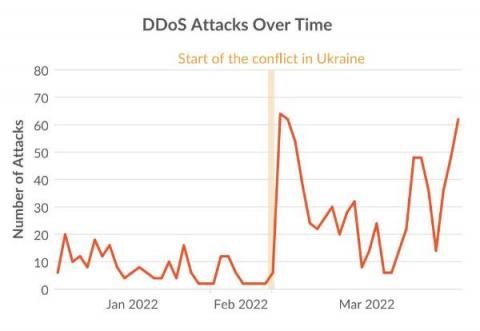How to prevent a rootkit attack before it is too late?
A rootkit is a malicious software program that helps cybercriminals infiltrate a system and take control. Hackers use rootkits to carry out espionage, data theft, deploy other malware such as ransomware, and all without leaving a trace. Once a rootkit is installed on a device, it can intercept system calls, replace software and processes and be part of a larger exploit kit containing other modules such as keyloggers, data theft malware, or even cryptocurrency mining malware.











